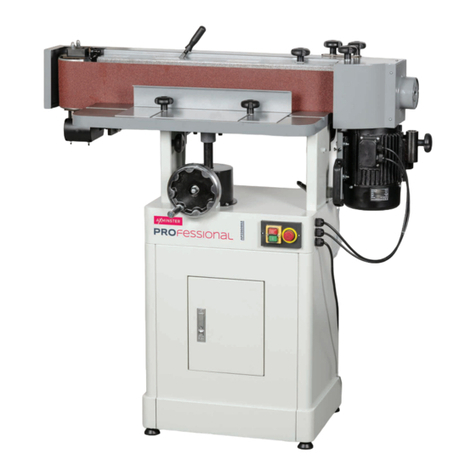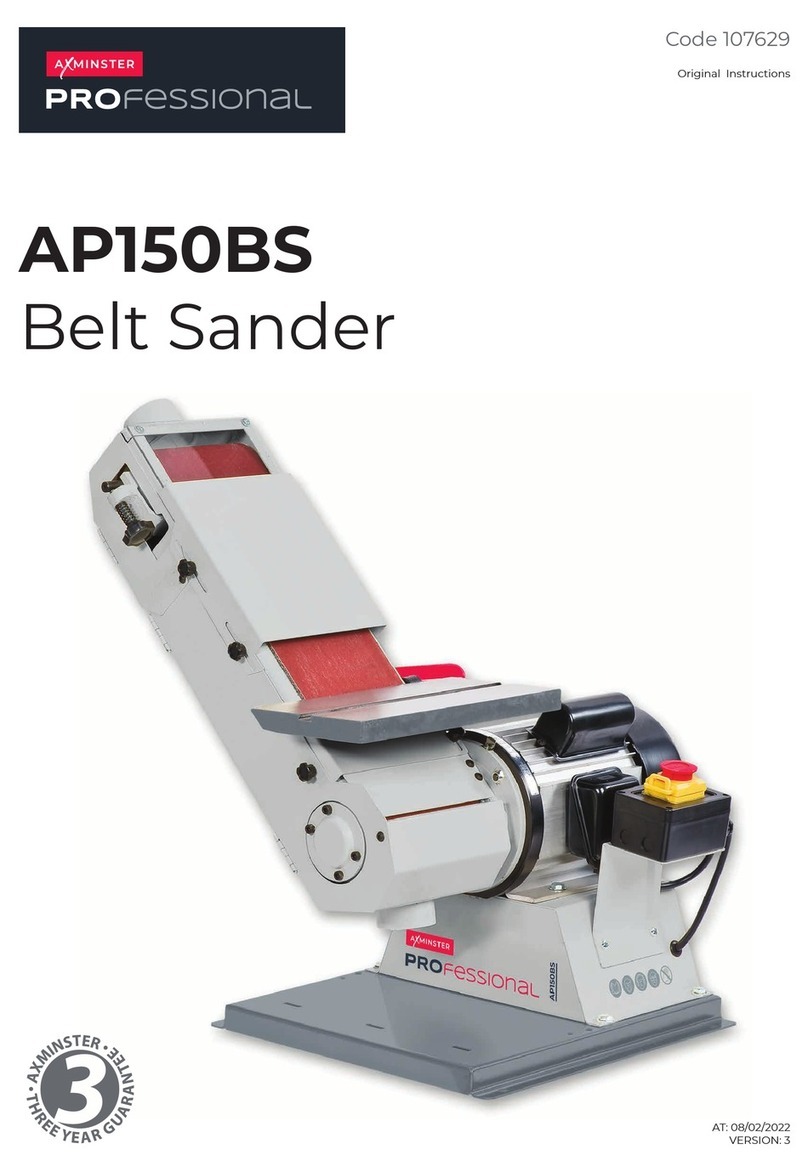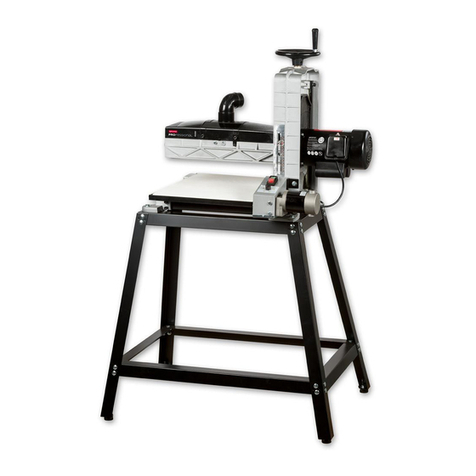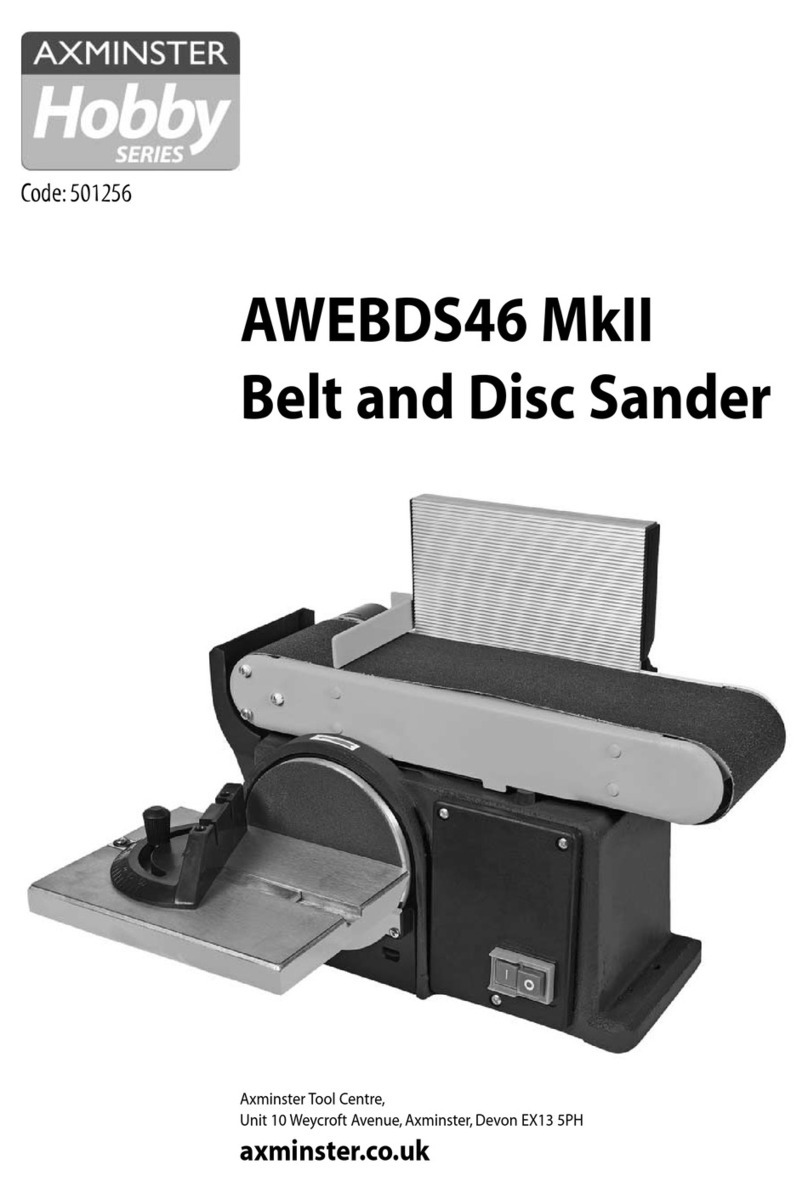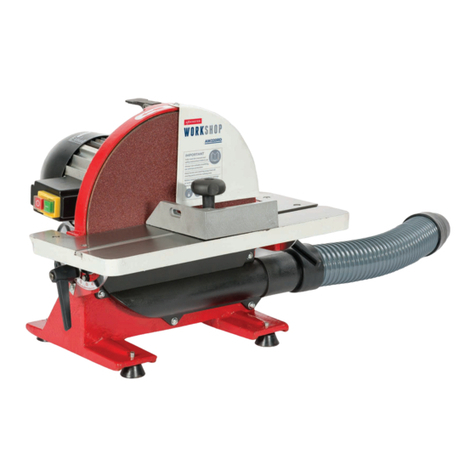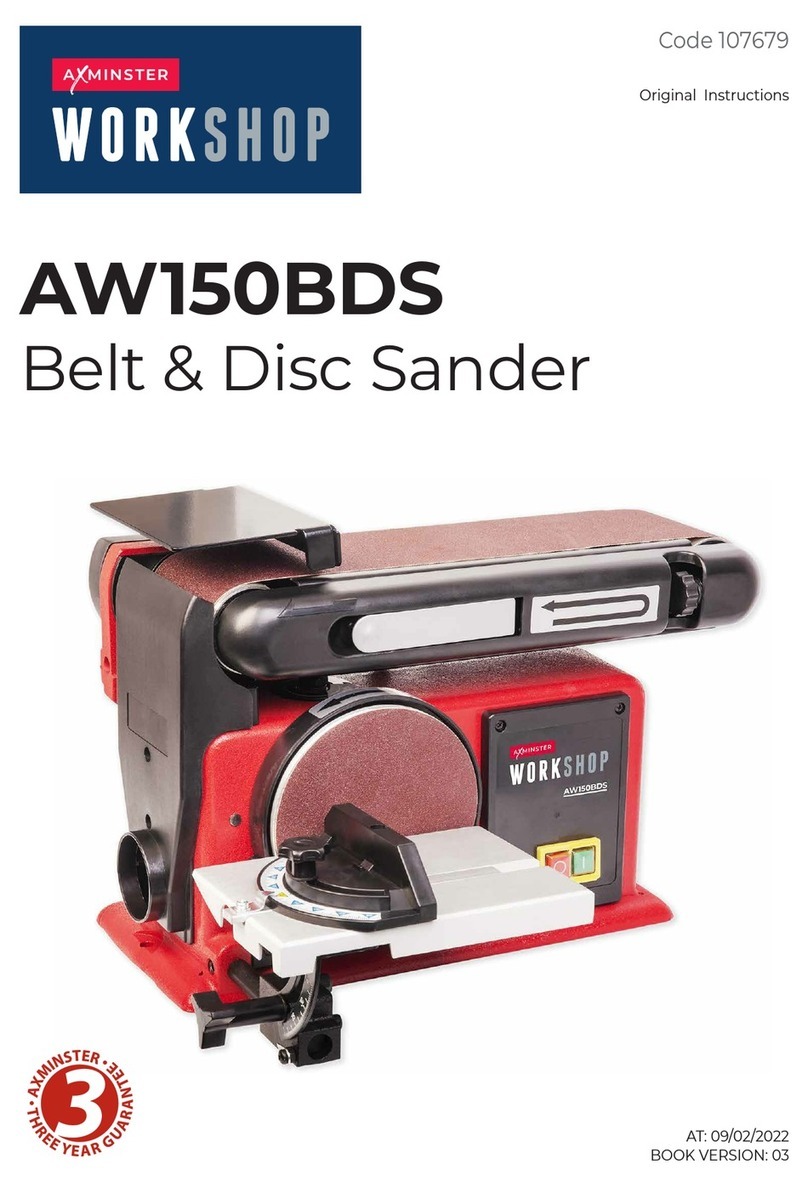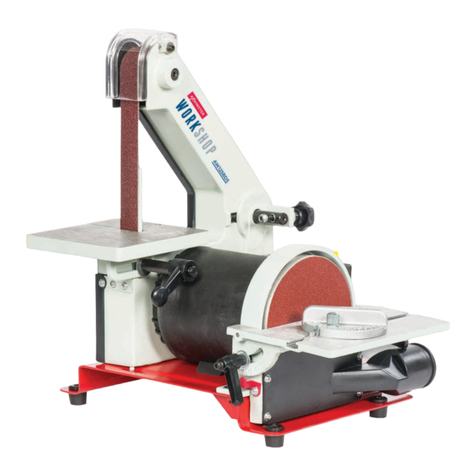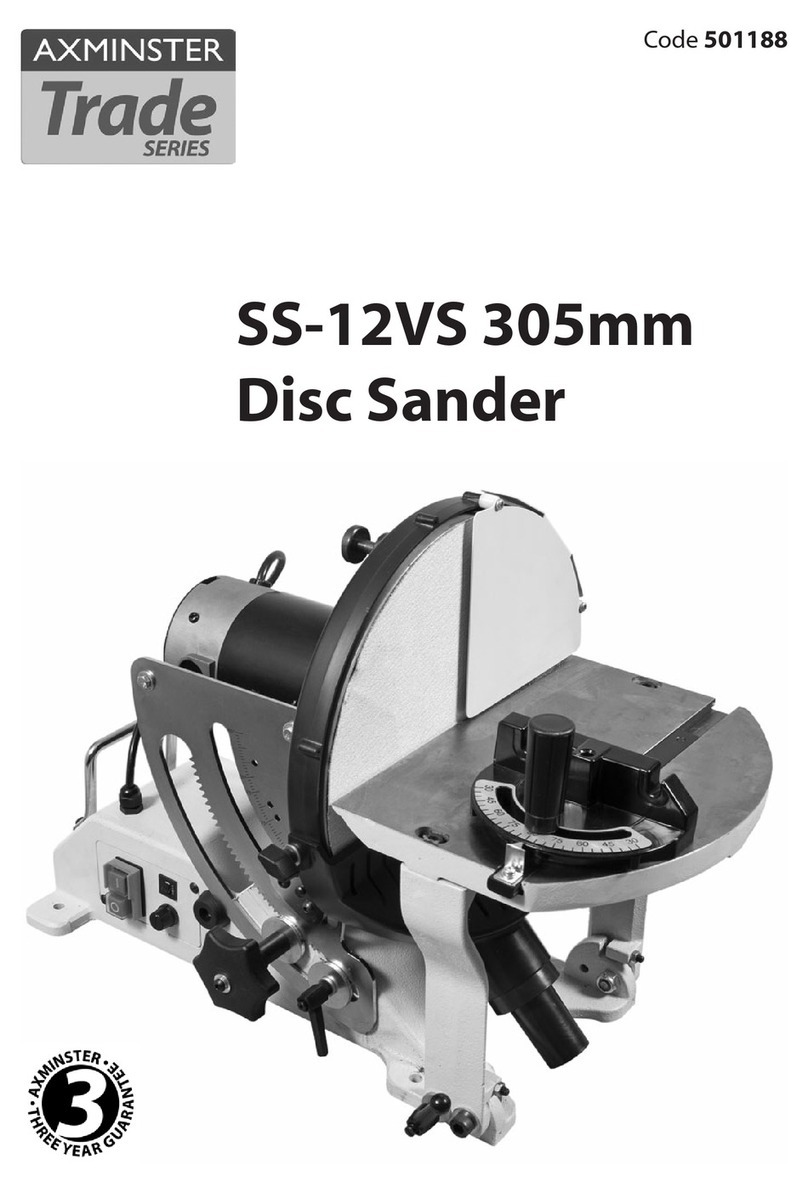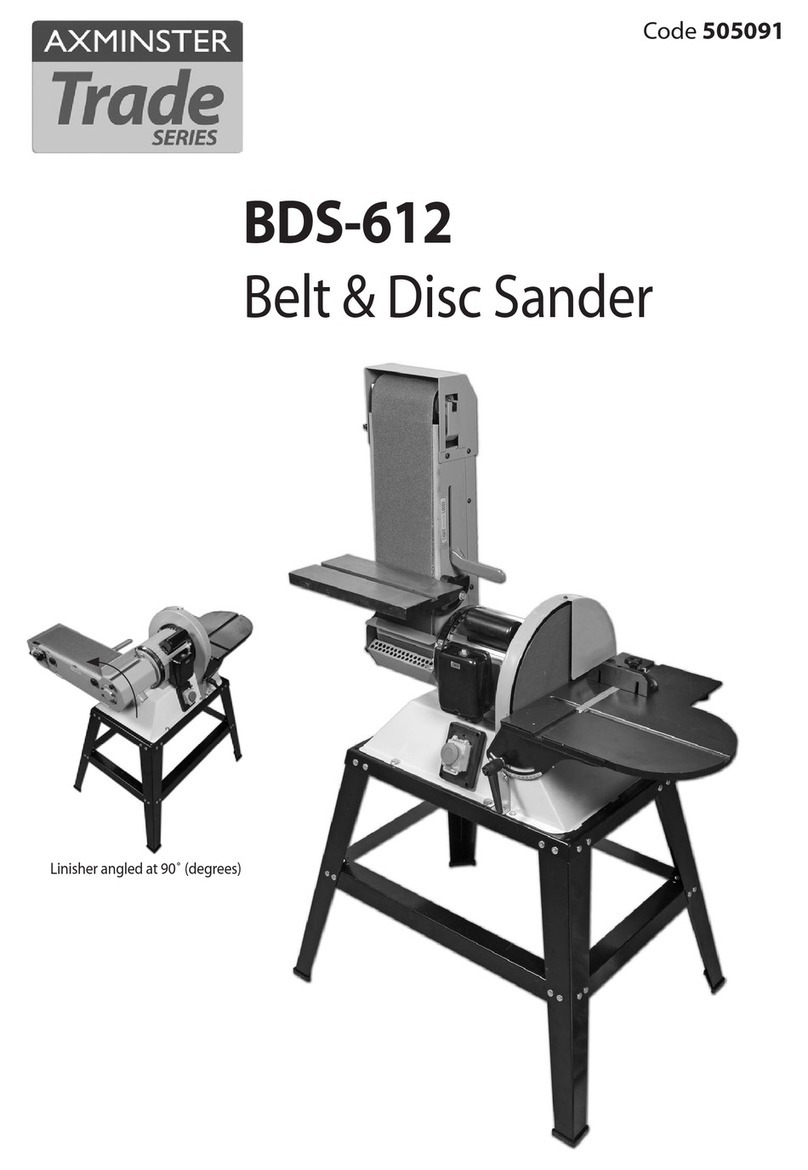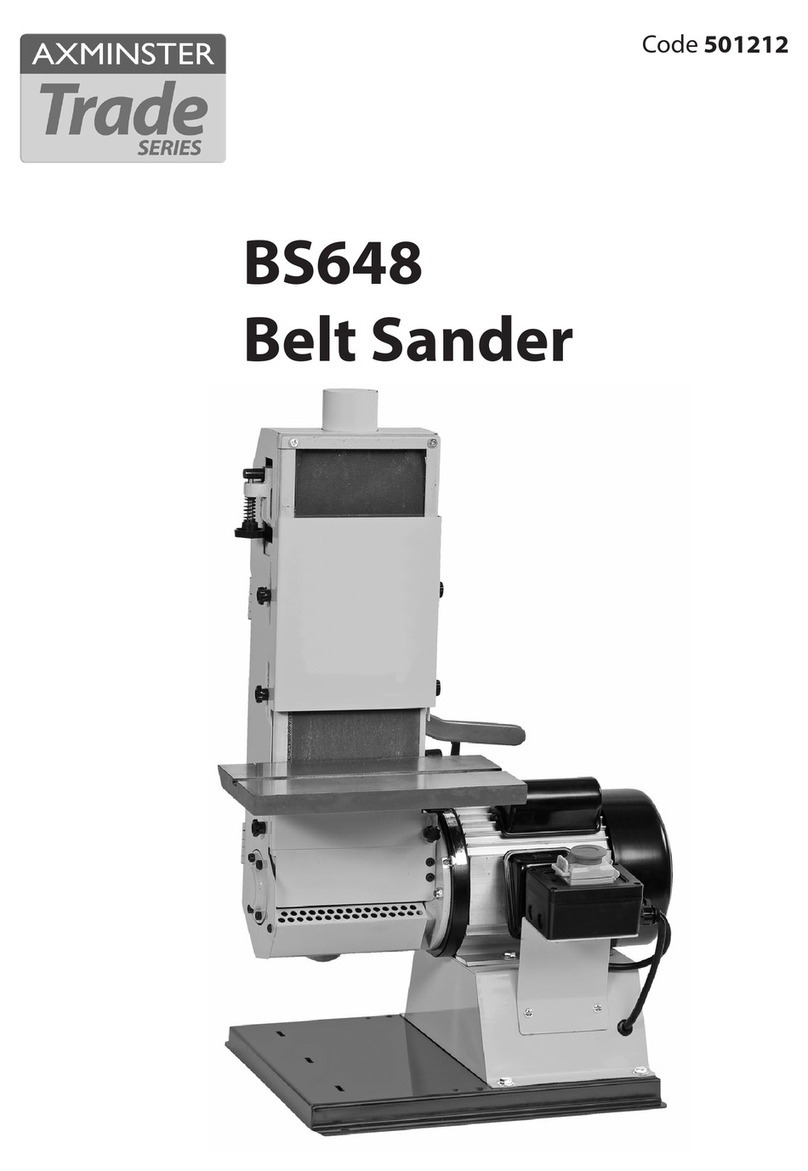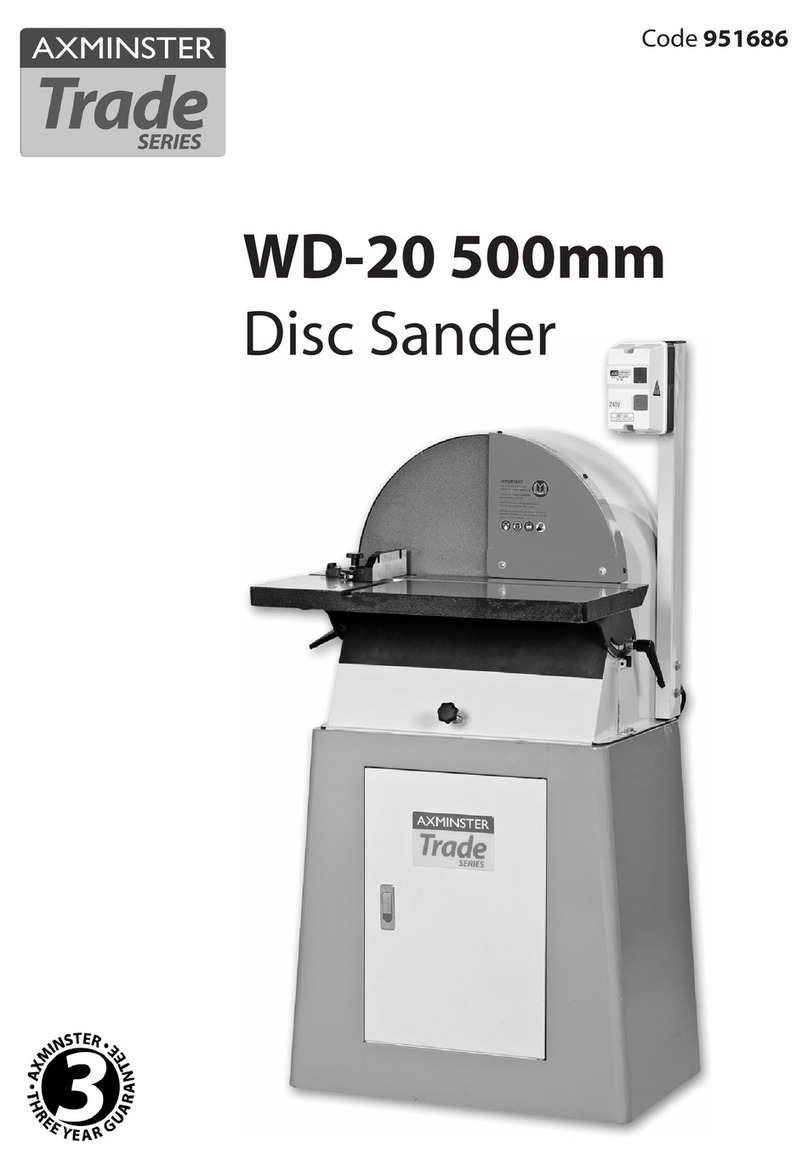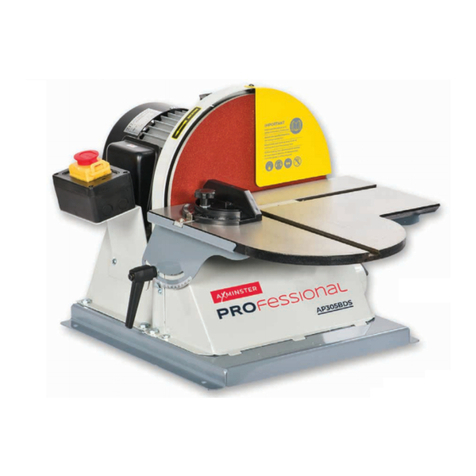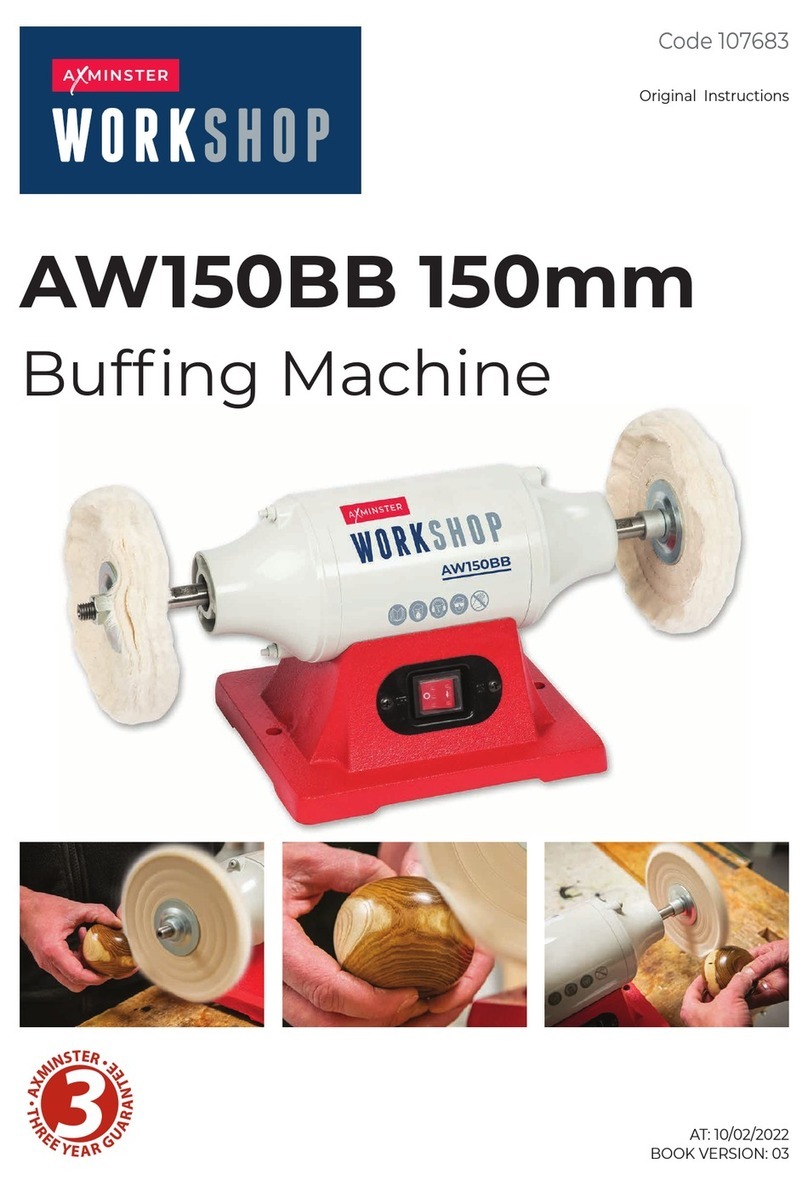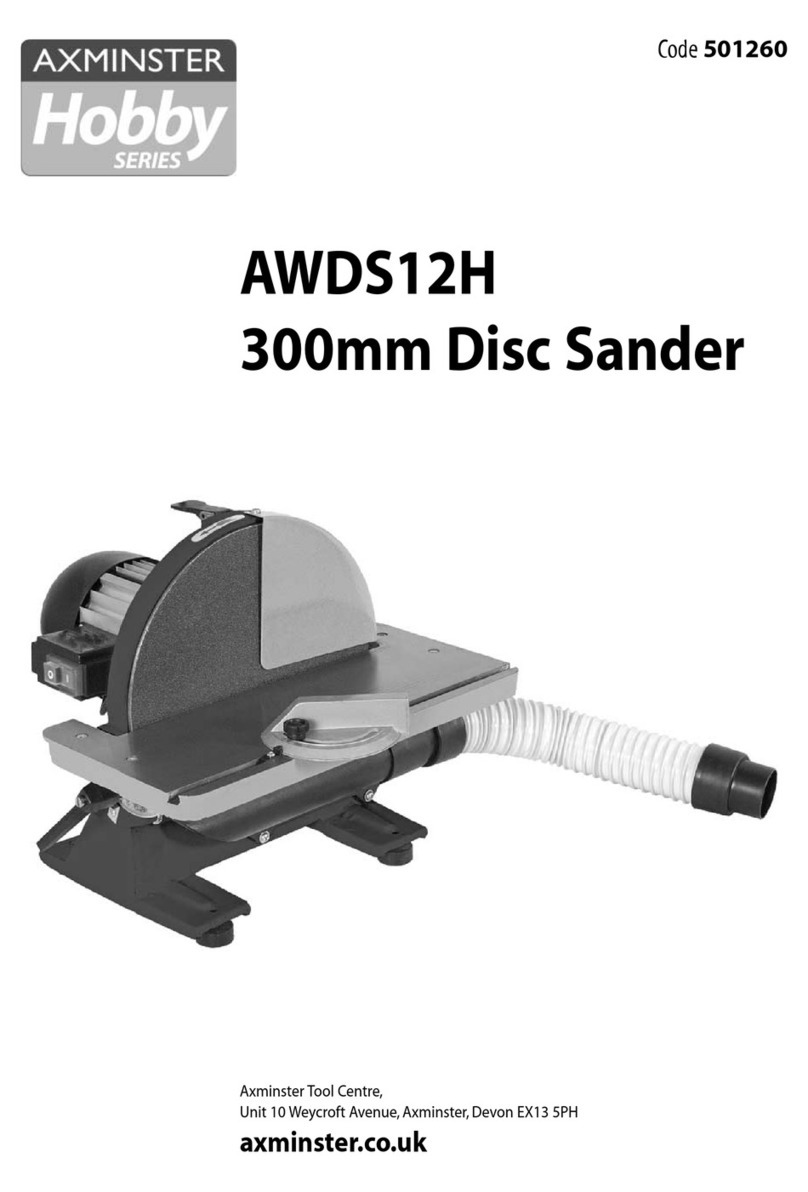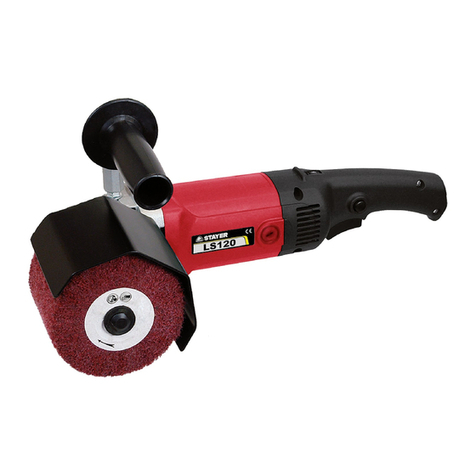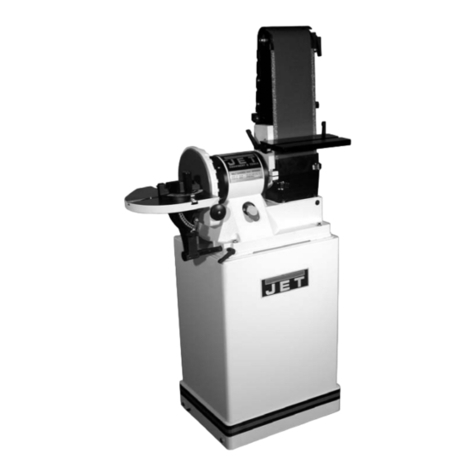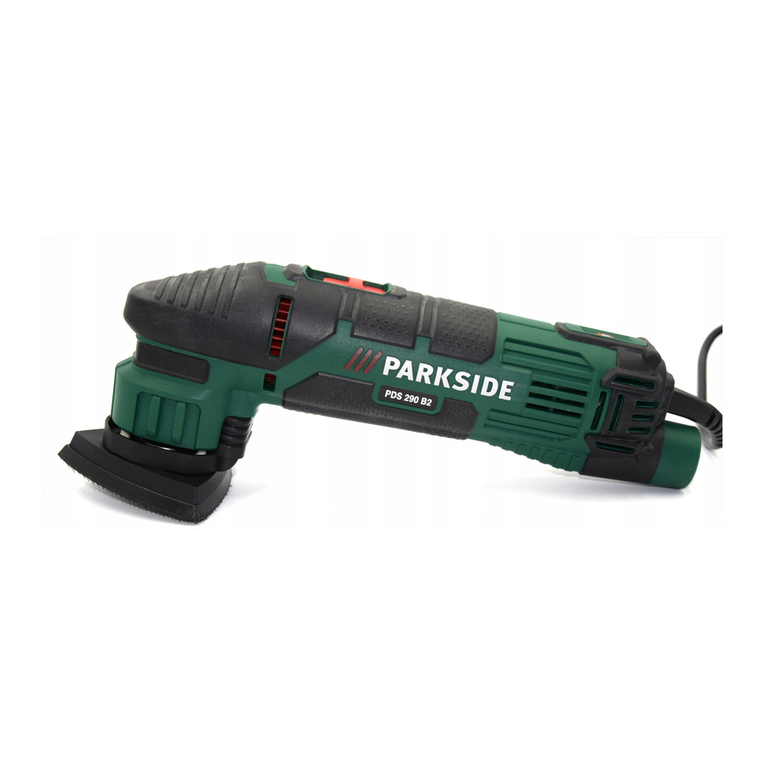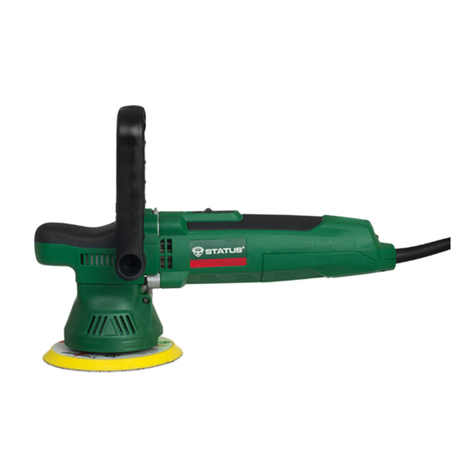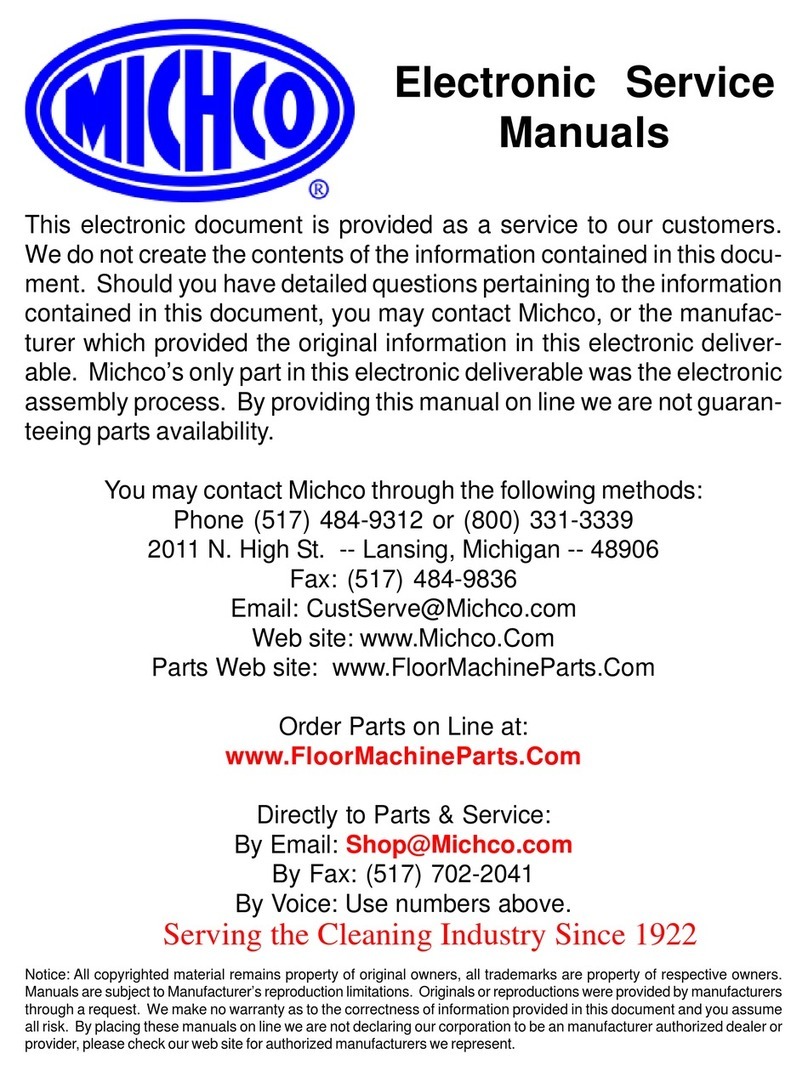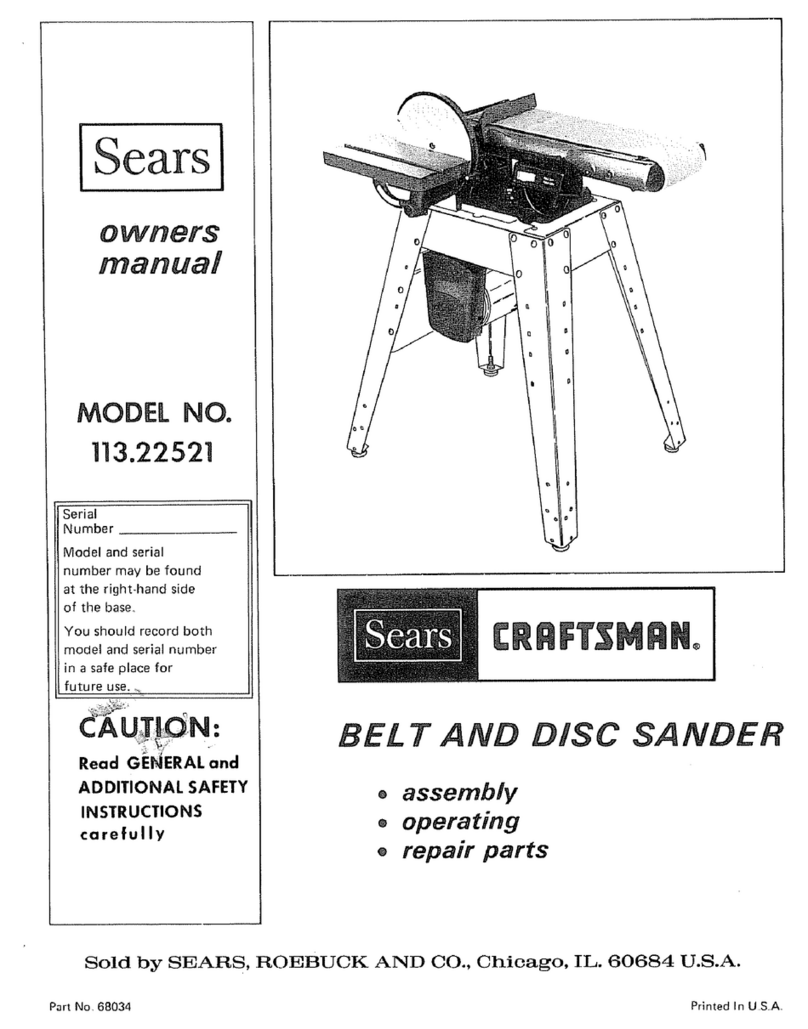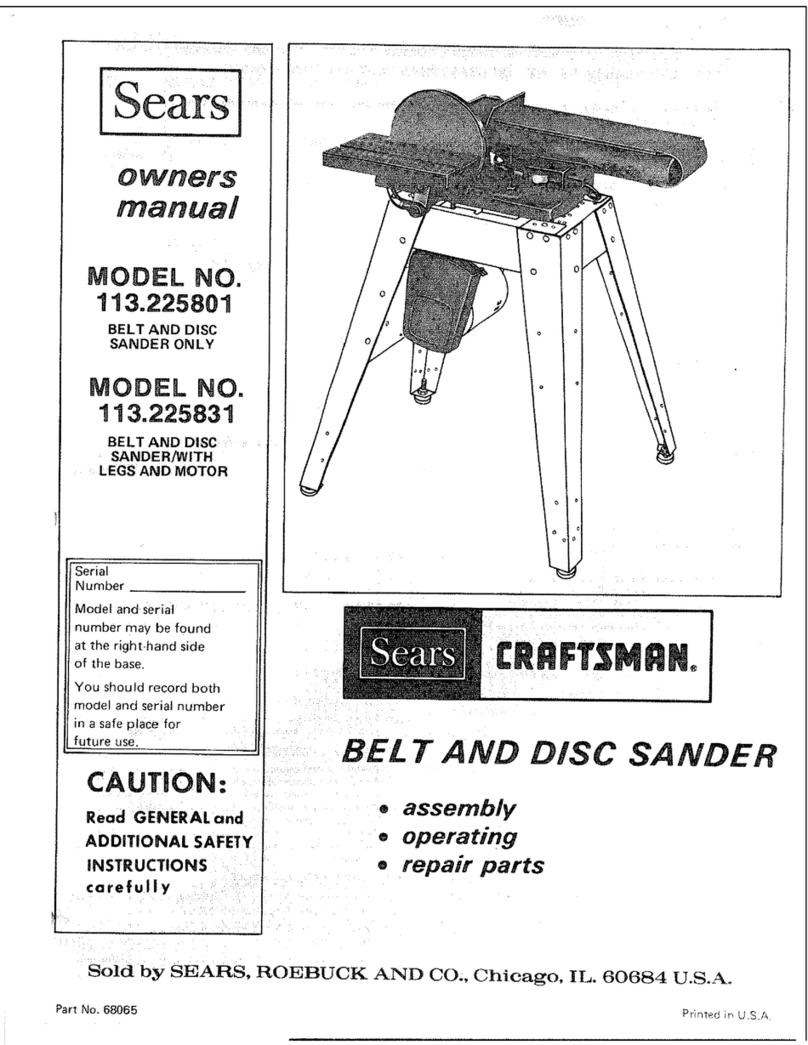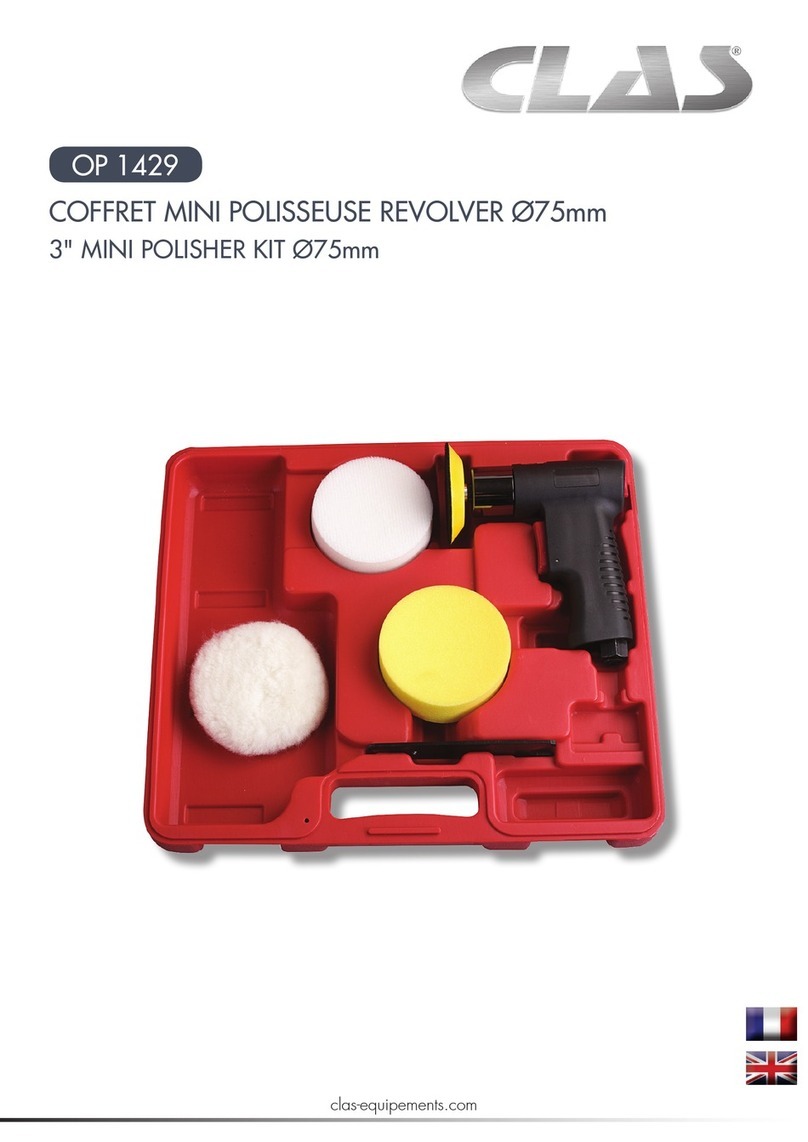5/ 16
2.3Workers’ qualifications and dress
Only an expert skilled in the field or a worker instructed and trained by such expert may
operate the machine, regardless of the sex. While working on the machine the operator
must get familiar with these instructions and comply with any safety rules, regulations and
provisions in force in the respective country.
For health, the workers must wear gloves, working clothes and safety shoes when
working.
In addition, persons who are under the influence of alcohol, tire or the like, are forbidden to
operate or maintain the machine.
Experience shows that injuries are caused by various personal articles, e.g. rings,
watches, bracelets, necktie etc. Therefore take them off before starting the work. Wear
hair protection and fasten hair properly. Wear suitable tight cloth, footwear, gloves that are
recommended or prescribed by labour-safety regulations of all countries.
2.4Basic safety requirements
Most accidents happen because of failure to adhere to simple safety regulations.
A simply but extremely important rule is:
Don’t attempt to maintain or clean the machine when it is powered or running.
If normal safety precautions are overlooked or ignored, personal injury to the operator
may result. Safety equipment such as guards, goggles, dust masks and hearing protection
can reduce your potential for injury. But even the best guard won’t make up for poor
judgment, carelessness or inattention. Always use common sense and exercise caution in
the workshop. If a procedure feels dangerous, don’t try it. Figure out an alternative
procedure that feels safer. Remember: your personal safety is your responsibility.
The proprietor of the machine must ensure that:
- Those persons who are concerned have been trained for their particular job and in
regard to the safety regulations;
- The safety regulations are adhered to;
- The safety regulations are posted in the respective working area.
Please pay attention to the following single safety regulations:
-For your own safety, read the instruction manual before operating the machine.
Learning the machine’s application, limitations, and specific hazards will greatly
minimize the possibility of accidents and injury.
-Never use the machine outdoors or expose it to rain and damp.
-This machine was designed for certain applications only. We strongly recommend
that the machine not be modified and/or used for any application other than that for
which it was designed. If you have any questions relative to a particular application,
do not use the machine until you have first contacted us if it can or should be
performed on the product. Technical modifications of the machine must only be done
by our company or with the explicit approval from us. Otherwise our company will not
be liable for modifications or any resulting damage.
-Never use the machine exceeding the limits established by the technical data.
-Good lighting conditions, clean environment and enough space shall be kept to
operate and maintain the machine conveniently and prevent tripping or placing arms,
hands, and fingers in danger.
-Before starting the machine, make sure that all safety devices are in their active
positions and check their functioning. Don’t attempt to use the machine when any
safety device is suspended or removed.
-If there is any defect during starting or operation, especially those concerning the
safety devices, the operator should stop the machine and inform his superior or the
